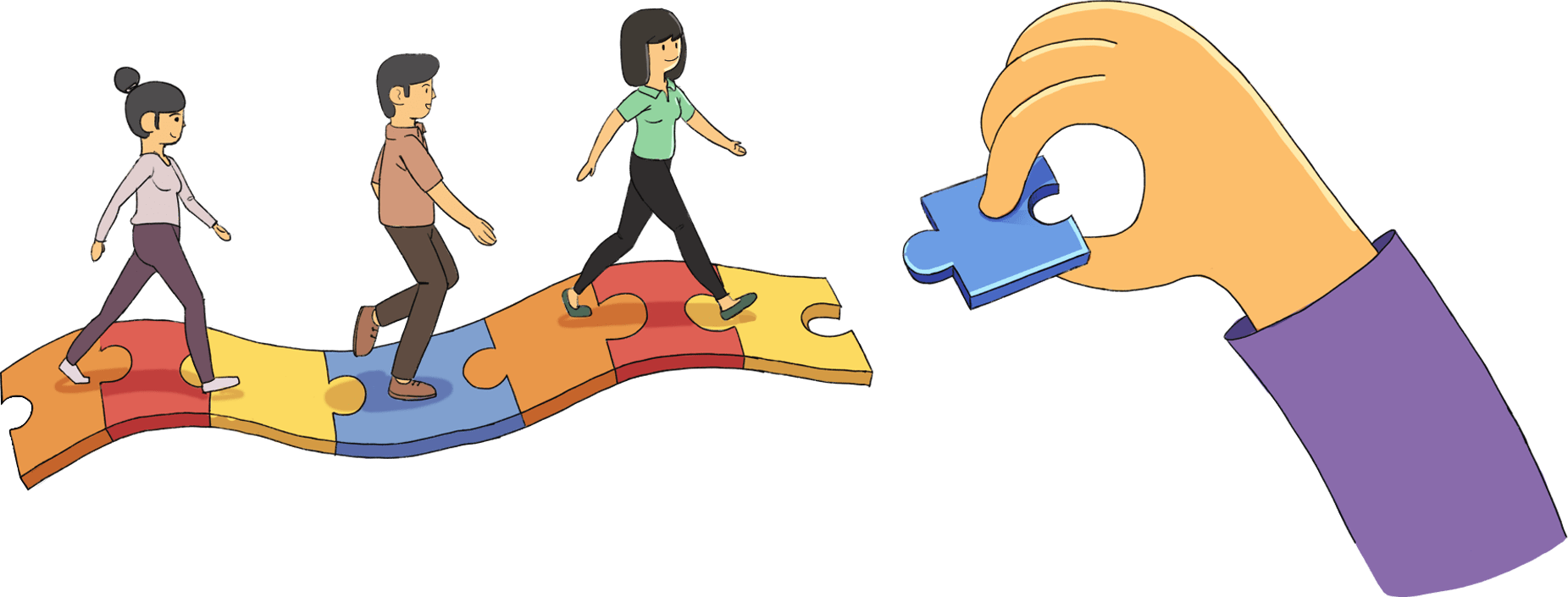
<< MENTAL HEALTH >>
Story by PAVITRA JAYARAMAN
19th AUGUST 2022

We’ve never been more involved with our screens, but is the relationship a healthy one?
As I sit down to write this piece, my smartphone is in the next room, timed to remain silent for 45 minutes, during which I don’t want to move away from my writing desk. My writing document is offline, and my mind wandered for ten minutes before I could write the first version of this sentence.
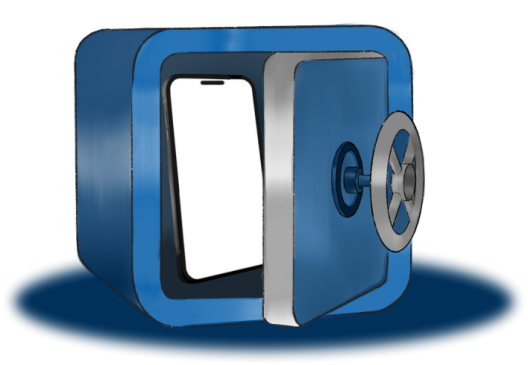
‘Lock your phone away’ is a common productivity hack that I baulked at until I looked at the screen-time analysis on my phone for this story. It seems I check my phone 139 times on average every day. This number is much lower—by a fourth—on days when I have social engagements or a project that doesn’t include gadgets, such as my weekend meal prep or cleaning. Most other times, I have to stay away from my phone physically to avoid being distracted.
All the books and research I’ve read on the subject assert that this is not a feature of a weak will; it’s only our primal response to a cleverly designed reward system. Our phones are to us what food was to Pavlov’s dog.
In 2020, of the 749 million internet users in India, 744million are estimated to have accessed it via a mobile phone. In the same year, India had a smartphone penetration of 54 per cent. India is one of the fastest-growing markets for both mobile phones and phone data.
Smartphones and the internet are the new television. Though the ‘idiot box’ expanded the worldview of generations, we also pointed fingers at cable television for numbing our minds, making us buy things we didn’t know we wanted and making us couch potatoes. History repeats itself and we have yet another paradox—this time in our hands, and a foot away our eyes.
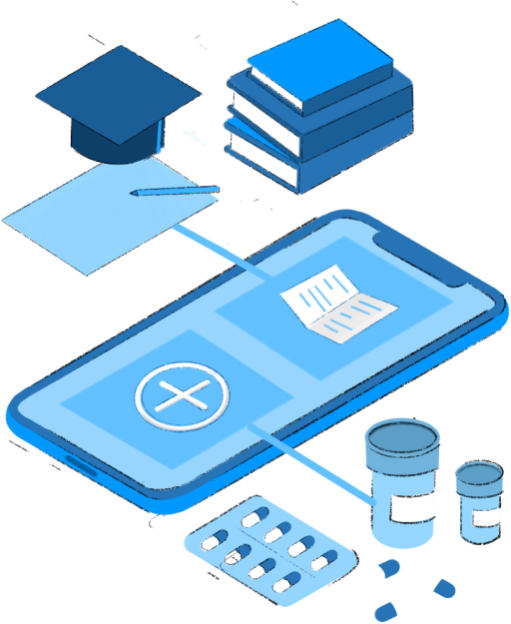
Screens—for those of us who have them—gave us access to healthcare services and education during the lockdown and no-contact days of the COVID19 pandemic. But does the India that attended online classes and went to work on video calls since 2020 also run the risk of losing its agency to the lure of gadgets?
It is widely understood that gadgets are designed for stickiness, and apps and websites are designed to get our attention and turn it into advertising revenues. Clicks and bounce rates are the new circulation numbers, they all want your eyeballs, they all want your data. Attention is such a hot commodity that advertisers are willing to pay celebrities such as cricketer Virat Kohli, who reportedly charges US$ 680,000 for a single Instagram endorsement.
The first President of Facebook, Sean Parker, talked about this in 2017, “It’s a social-validation feedback loop … exactly the kind of thing that a hacker like myself would come up with because you’re exploiting a vulnerability in human psychology.” he said in an interview to Axios. The tech industry, while aware of the whirlpool, continues to gamify our experience on everything from news sites and social media to payments apps and grocery stores. The science behind this, in its simplest form, lies in understanding how habits are formed.
Habits are connected to a reward pathway in the brain called the mesolimbic dopamine system. This circuit or pathway looks for stimulants that are pleasurable, such as food, sex, substances, social interactions or alerts from gadgets and tells us to learn and repeat the actions that led us to the stimulus. We then memorise the series of behaviours and act to automatically seek the same rewards. It’s a pathway that was perhaps created to help us seek food and sex for survival without great cognitive load.
When we repeat any behaviour several times it forms a neurological loop that doesn’t take deliberate effort every time we perform it. This applies both to good habits and bad ones. James Clear in his now widely popular book Atomic Habits talks about the loop. “ In summary, the cue triggers a craving, which motivates a response, which provides a reward, which satisfies the craving and, ultimately, becomes associated with the cue. Together, these four steps form a neurological feedback loop—cue, craving, response, reward; cue, craving, response, reward—that ultimately allows you to create automatic habits. This cycle is known as the habit loop.”
Image inspired by: James Clear
If you think about your behaviour, there is always a cue that triggers a craving. If you light a cigarette, or pour out a cup of coffee as a response to a stressful situation (cue) a few times and feel relieved after the first puff or sip (the solution), you then look for a cigarette/ coffee when in a stressful situation or expecting one. The same applies to the ping of a smartphone notification: You remember the dopamine release you felt when you last checked out a ping. Ping (cue) – craving – response (pick up the phone) – reward (dopamine release from seeing a new email/ like on a social media post).
Your phone buzzes with a new text message.
You want to learn the contents of the messages.

You grab your phone and read the text.
You satisfy your craving to read the message. Grabbing
your phone becomes associated with your phone buzzing
Repeated behaviour becomes encoded in the brain: When you start to feel a compulsion to engage in a behaviour while being aware of its negative effects, you may have crossed over to being addicted.
The short answer is, no. Addiction is a pathological dependence on a substance that has a significant effect on your day-to-day life. The keywords are dependence and compulsion. For the most part, most of us don’t struggle to keep away from our screens when otherwise engaged in fun and flow inducing activities.
But we are using our screens more every year. According to numbers crunched by the State of Mobile by App Annie, Indians spent over 4.7 hours on their mobiles in 2021 versus 3.7 hours in 2019. India also ranks second in downloads growth with 26.6 billion downloads of the combined global aggregate of 230 billion downloads globally.
Addiction works in pretty much the same way whether to alcohol, cigarettes, gaming, gambling or our phone. Substances may have a higher biological hold over our bodies, but the rewards loop is the same. The hold of the substance apart, new treatment protocols recommend looking at the emotional health of those addicted rather than simply the medical aspect.
Author Nir Eyal talks about this in his book –Indistractable, How To Control and Choose your Life – in the context of distraction. Eyal, an expert in behavioural engineering says that the leading cause of distraction, even when we set out with a goal in mind, is often not an external trigger. Instead, it is boredom, uncertainty, fatigue, and anxiety. Our response to our emotions is what causes us to pick up that cigarette, phone or check that social media notification. The habit loop follows.
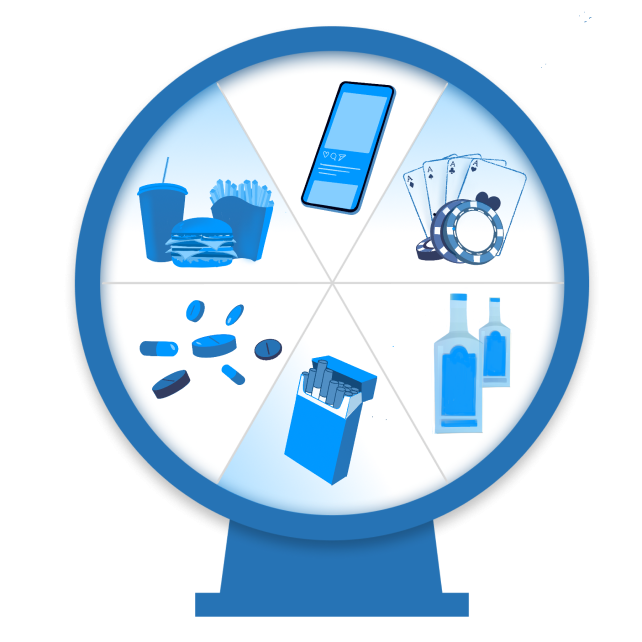
In a study conducted in 1972, the year when 13,760 enlisted American soldiers returned from Vietnam, it was established that up to 35 per cent had tried heroin, a highly addictive narcotic substance. However, in the year that followed their return, less than five per cent tested as re-addicted and around 12 per cent were addicted three years later.
“Most addicted Vietnam soldiers either gave up their narcotics use voluntarily shortly before their departure or did not revert to use after a brief detoxification subsequent to their discovery as users before departure,” wrote Lee N Robins et al in their paper to recommend that the standard method of treatment, which was forced detoxification and use of tranquillisers, to be revisited, at least in the case of veterans. Robins’ study showed that a change in environment, lower stress, and absence of associated triggers changed behaviour even where substances like heroin were involved.


Pavitra is an independent journalist, Founder at The PARC – a mental health training platform for healthcare workers and caregivers, and a content strategy consultant. She has worked with NDTV and Mint and headed editorial at White Swan Foundation, a non-profit that created a multi-lingual repository to democratise access to mental health information.
STORY CREDITS

© FactorDaily Media Lab Foundation. All Rights Reserved
© Sourcecode Media. All Rights Reserved
